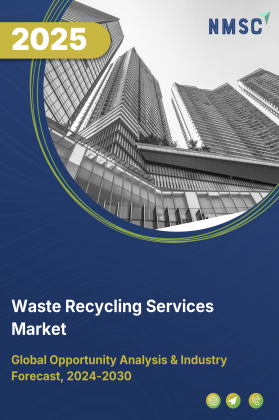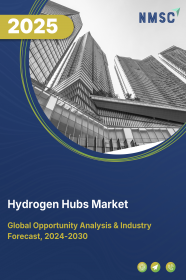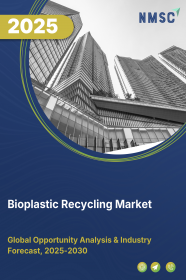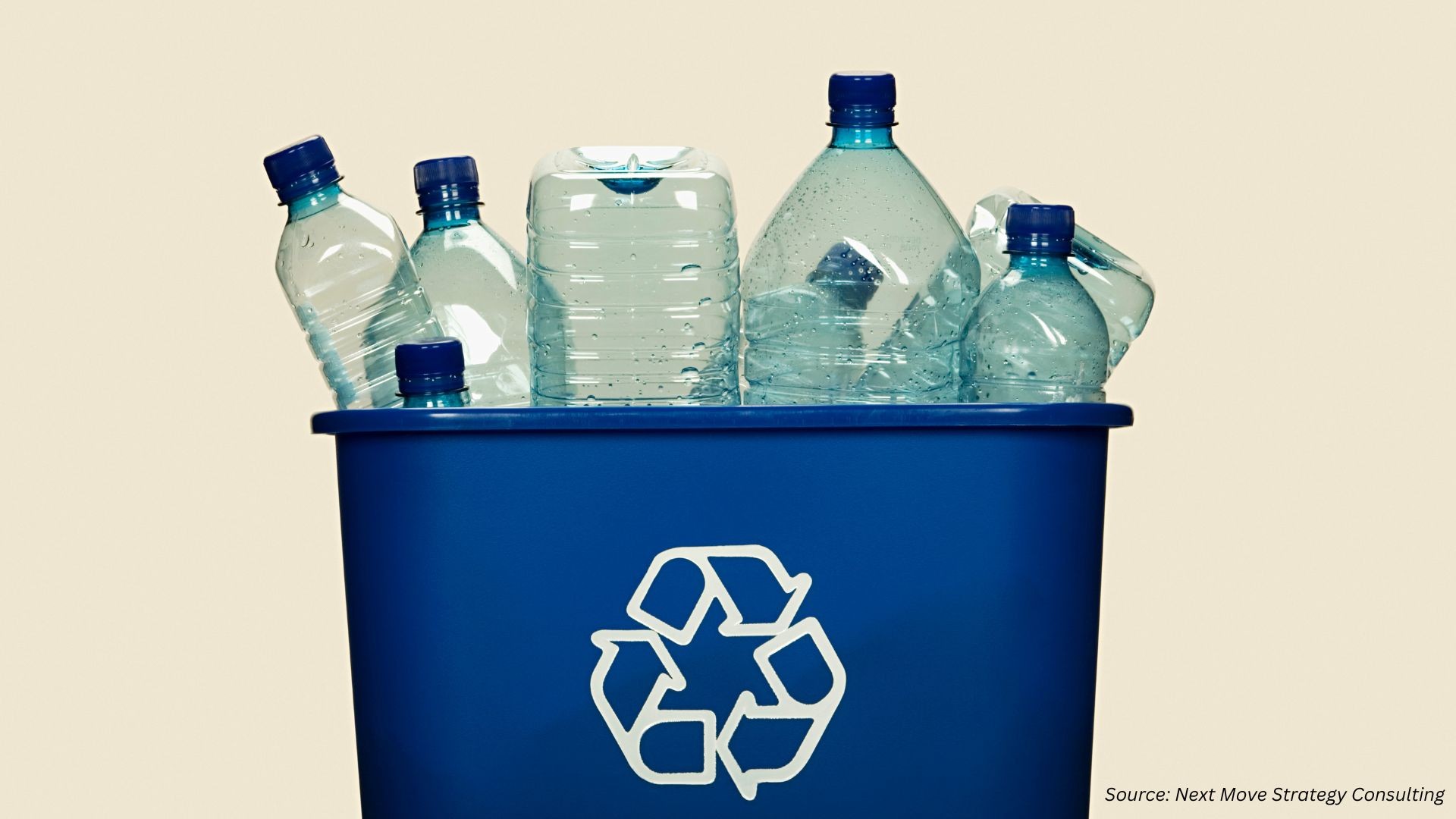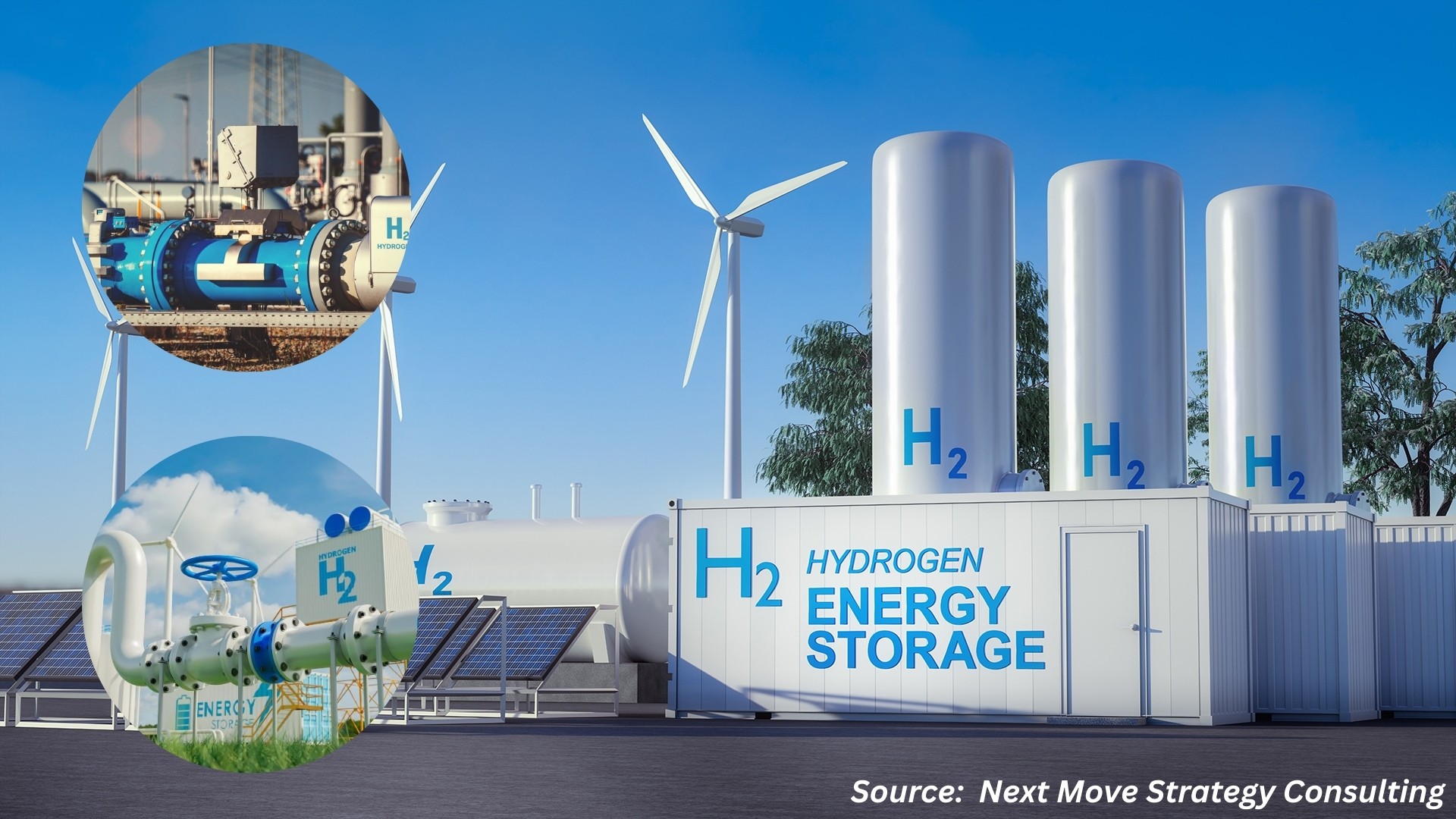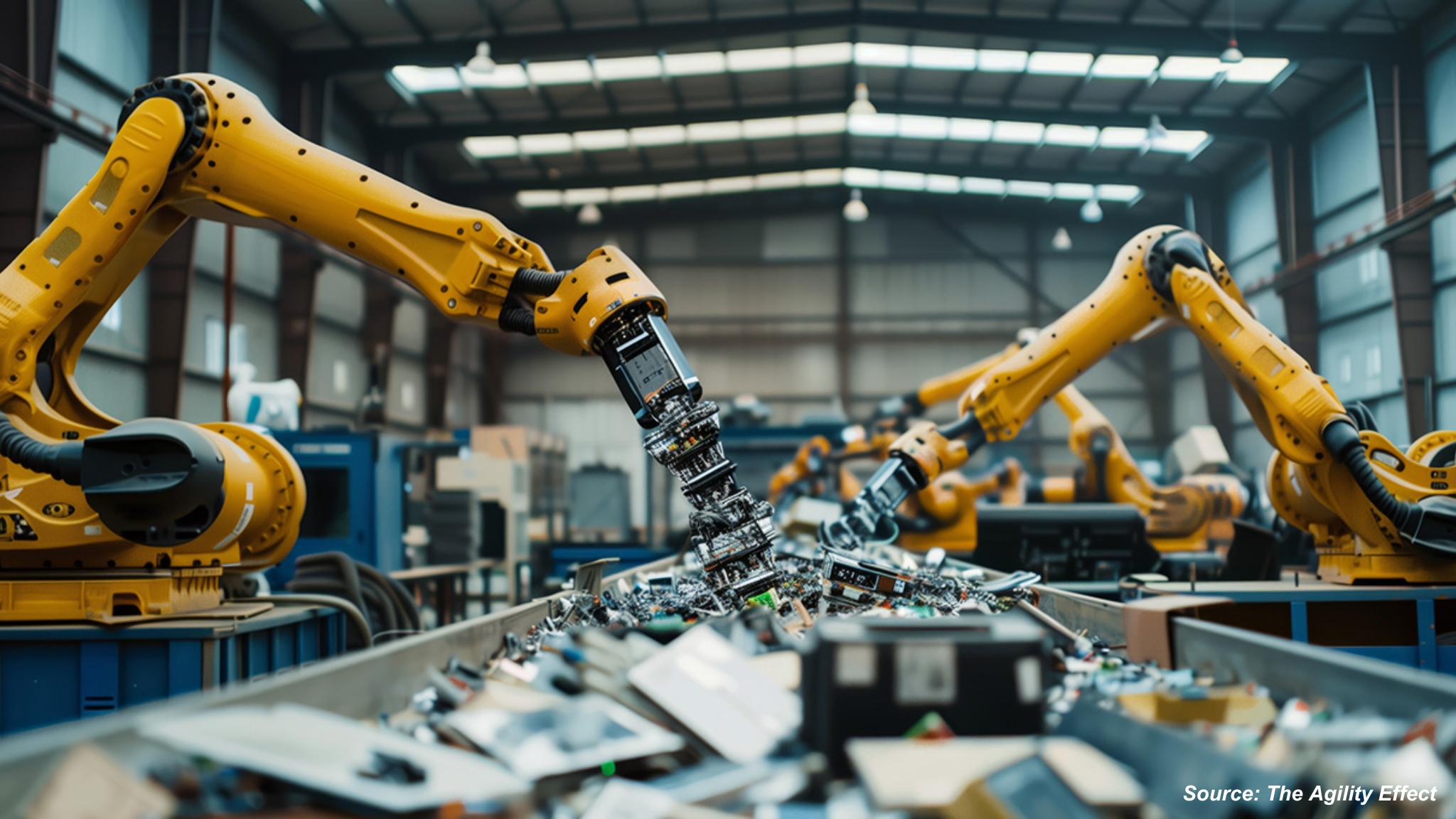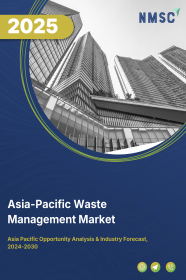
Asia-Pacific Waste Management Market by Waste Type(Hazardous Waste, and Non-Hazardous Waste), by Service(Collection, and Disposal), by Source(Residential or Municipal Waste, Commercial Waste, and Industrial Waste) – Opportunity Analysis and Industry Forecast, 2024–2030
Industry: Energy & Power | Publish Date: 16-Jun-2025 | No of Pages: 206 | No. of Tables: 198 | No. of Figures: 163 | Format: PDF | Report Code : EP1239
Asia-Pacific Waste Management Market Overview
The Asia-Pacific Waste Management Market size was valued at USD 290.65 billion in 2023, and is predicted to reach USD 560.28 billion by 2030, at a CAGR of 8.8% from 2024 to 2030. Waste management involves a wide range of services and activities aimed at managing and mitigating the impact of waste generated by various sectors including residential, commercial, industrial, and healthcare.
It includes the collection, transportation, processing, recycling, and disposal of waste materials in a manner that is environmentally responsible and sustainable. This market also involves the development and implementation of technologies and practices that promote waste reduction, resource recovery, and the safe handling of hazardous materials.
Key components of the waste management market include waste collection services, recycling facilities, waste-to-energy plants, landfill operations, and environmental consulting services. As awareness of environmental issues grows, the market continues to expand, driven by growing population, technological advancements, and increasing public demand for sustainable waste solutions.
Government Initiatives Drive the Asia-Pacific Waste Management Market Growth
Government initiatives significantly drive the growth of the waste management market in the Asia-Pacific region. Various countries are implementing policies and regulations to tackle waste treatment challenges and promote sustainable practices.
These initiatives include stricter waste disposal regulations, financial incentives for recycling programs, and investments in advanced waste handling technologies. As governments across the region enhance their focus on improving waste control systems, these efforts are fostering the Asia-Pacific waste management market growth and supporting the development of more efficient and environmentally friendly waste reduction solutions.
Innovative Product Launches Propel the Market Expansion in Asia-Pacific
Innovative product launches by various key market players further propel the Asia-Pacific waste management market growth in the region. Companies are introducing advanced technologies and solutions such as smart waste management systems, efficient recycling technologies, and automated waste processing equipment.
These innovations enhance operational efficiency, improve waste sorting and recycling capabilities, and address the region's unique waste recycling challenges. As key players continue to drive technological advancements, the market is experiencing accelerated growth and increased adoption of cutting-edge waste processing solutions.
Lack of Facilities and Stringent Regulations Hinders the Asia-Pacific Waste Management Market Expansion
The lack of sufficient waste management facilities stringent regulations creates barriers to market entry and operational complexities for companies that hinders the growth of the industry in this region.
The Adoption of Waste-To-Energy Technologies Creates Future Growth Opportunities in the Market
The adoption of waste-to-energy technologies such as incineration, anaerobic digestion, and gasification presents a significant growth opportunity for the waste management market as these technologies convert waste materials into usable energy, reducing landfill dependency and contributing to sustainable energy generation.
By transforming waste into a valuable resource, waste-to-energy solutions promote environmental sustainability and drive market expansion. This innovative approach aligns with global trends toward circular economy practices and offers economic benefits by generating energy from waste that creates a promising avenue for growth of the waste recycling sector.
China Dominates the Asia-Pacific Waste Management Market Share
Government initiatives fuel the growth of the Asia-Pacific waste management market trends in China. The Chinese government implemented a range of policies and programs aimed at improving waste management practices, including stricter regulations on waste segregation, increased investment in recycling infrastructure, and the promotion of waste-to-energy technologies.
As per the latest report published by the World Bank Group, China introduced the Plastic Waste Reduction Project (Shaanxi) and invested USD 250 million to reduce plastic pollution from municipal solid waste and improve provincial plastic waste management. These initiatives are designed to address the challenges of rapid urbanization and rising waste generation, driving the development of innovative solutions and expanding market opportunities in the waste treatment sector.
Moreover, innovative product launches by key market players further fuel the growth of the market. The introduction of cutting-edge technologies and solutions by leading companies drives market expansion by addressing evolving consumer needs and improving operational efficiency.
For example, in April 2024, Clariant introduced new solutions aimed at reducing the environmental impact of plastics during the Chinaplas 2024 event in Shanghai, China to enhancing safety, efficiency, and sustainability within the plastics industry. These advancements enhance the effectiveness of waste management systems, such as more efficient recycling technologies and advanced waste-to-energy systems, thereby boosting the Asia-Pacific waste management market growth and setting new industry standards.
India to Witness Substantial Growth in the Asia-Pacific Waste Management Market
The growing population in India propels the growth of the waste management market in the region. As the population expands simultaneously it increases the volume of waste generated that creates a higher demand for effective waste management solutions.
As per the latest report published by World bank Group, the total population of India accounted for 1.43 billion in 2023 as compared to 1.21 billion in 2008 that is an increase of 18.2%. This surge in waste generation drives investments in infrastructure, technology, and services to manage and process waste efficiently, thereby accelerating the Asia-Pacific waste management market growth.
Furthermore, the increase in waste generation further propels the growth of the market in the country. As waste volumes rise, there is an escalating need for advanced waste collection solutions, driving investments in technology, infrastructure, and services.
According to the latest report published by the Energy and Resources Institute (TERI), India generates over 62 million tons (MT) of waste in a year. This trend fuels market expansion by creating opportunities for innovation and improvement in waste handling and processing.
Competitive Landscape
The promising players operating in the Asia-Pacific waste management industry includes China Everbright Environment Group (CHFFF), Veolia Environment S.A., Beijing Enterprises Environment Group, China Tianying Inc., Chongqing Sanfeng Environmental Protection, Zhejiang Weiming Environment Protection Co. Ltd., Shanghai Electric, Beijing High Energy Era Environmental Technology Co., Ltd., Shengyuan Environmental Protection Co, Ltd., Yonker Environmental Protection Co, Ltd., and others.
Asia-Pacific Waste Management Market Key Segments
By Waste Type
-
Hazardous Waste
-
Solid Waste
-
Liquid Waste
-
Gaseous Waste
-
-
Non-Hazardous Waste
-
Food
-
Paper and Cardboard
-
Plastic
-
Glass
-
Metal
-
Water
-
E-Waste
-
Others
-
By Service
-
Collection
-
Collection and Transportation
-
Storage and Handling
-
Sorting
-
-
Disposal
-
Open Dumping
-
Incineration/Combustion
-
Landfills
-
Recycling
-
Composting and Anaerobic Digestion
-
By Source
-
Residential or Municipal Waste
-
Commercial Waste
-
Offices and Retail Stores
-
Hospitals
-
Restaurants
-
Other Commercial Sources
-
-
Industrial Waste
-
Manufacturing Waste
-
Construction, Renovation, and Demolition Waste
-
Agriculture Waste
-
Medical Waste
-
Other Industrial Sources
-
By Country
-
China
-
Japan
-
India
-
South Korea
-
Australia
-
Indonesia
-
Singapore
-
Taiwan
-
Thailand
-
Rest of Asia-Pacific
Key Players
-
China Everbright Environment Group (CHFFF)
-
Veolia Environment S.A.
-
Beijing Enterprises Environment Group
-
China Tianying Inc.
-
Chongqing Sanfeng Environmental Protection
-
Zhejiang Weiming Environment Protection Co. Ltd.
-
Shanghai Electric
-
Beijing High Energy Era Environmental Technology Co., Ltd.
-
Shengyuan Environmental Protection Co, Ltd.
-
Yonker Environmental Protection Co, Ltd.
REPORT SCOPE AND SEGMENTATION:
|
Parameters |
Details |
|
Market Size Value in 2023 |
USD 290.65 billion |
|
Revenue Forecast in 2030 |
USD 560.28 billion |
|
Value Growth Rate |
CAGR of 8.8% from 2024 to 2030 |
|
Analysis Period |
2023–2030 |
|
Base Year Considered |
2023 |
|
Forecast Period |
2024–2030 |
|
Market Size Estimation |
Billion (USD) |
|
Growth Factors |
|
|
Companies Profiled |
10 |
|
Countries Covered |
10 |
|
Customization Scope |
Free customization (equivalent up to 80 working hours of analysts) after purchase. Addition or alteration to country, regional, and segment scope. |
|
Pricing and Purchase Options |
Avail customized purchase options to meet your exact research needs. |




















 Speak to Our Analyst
Speak to Our Analyst



